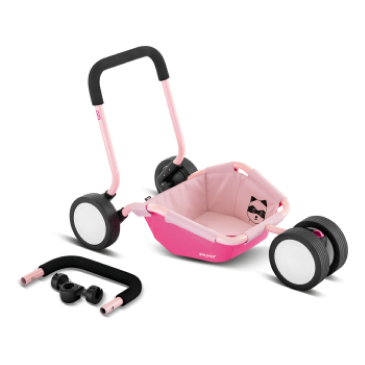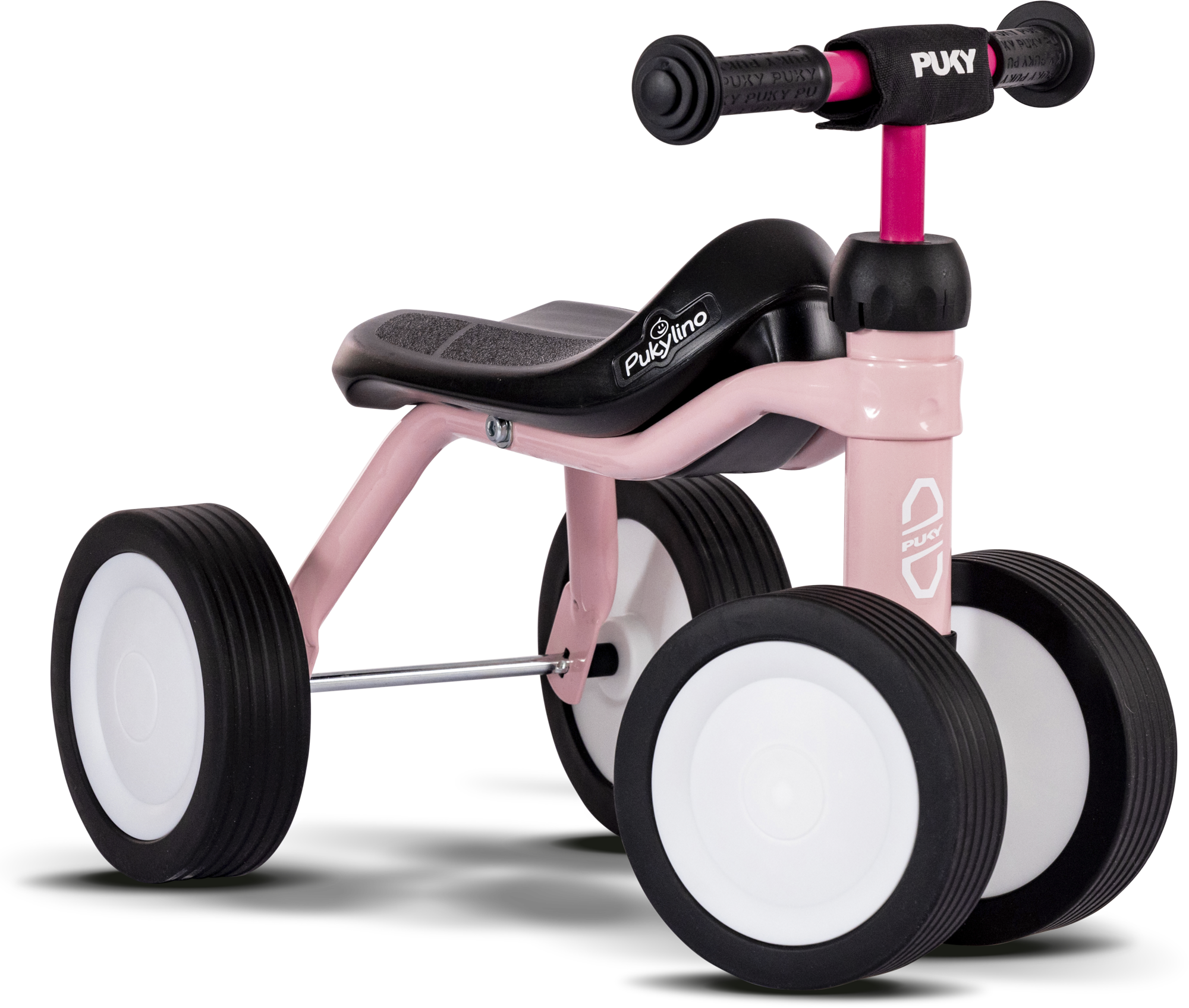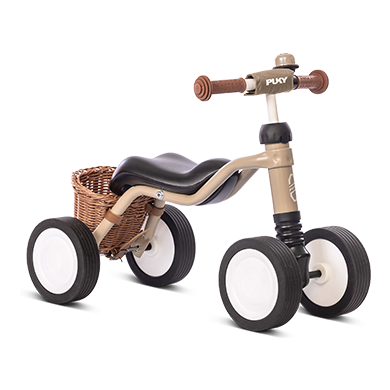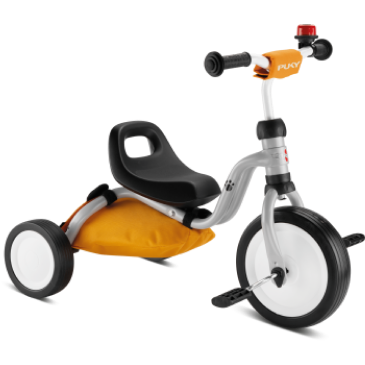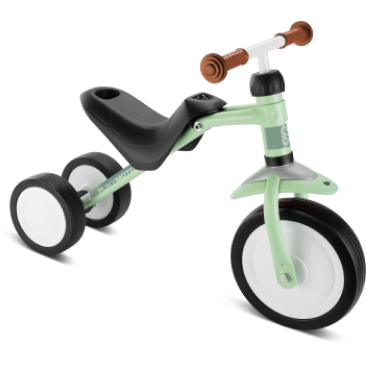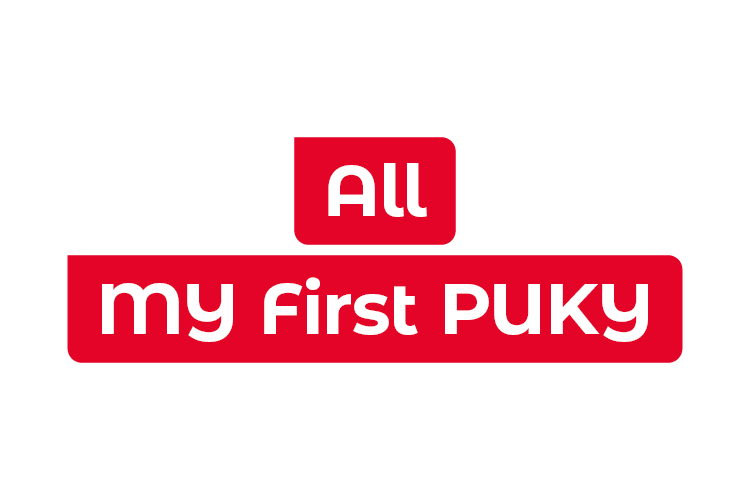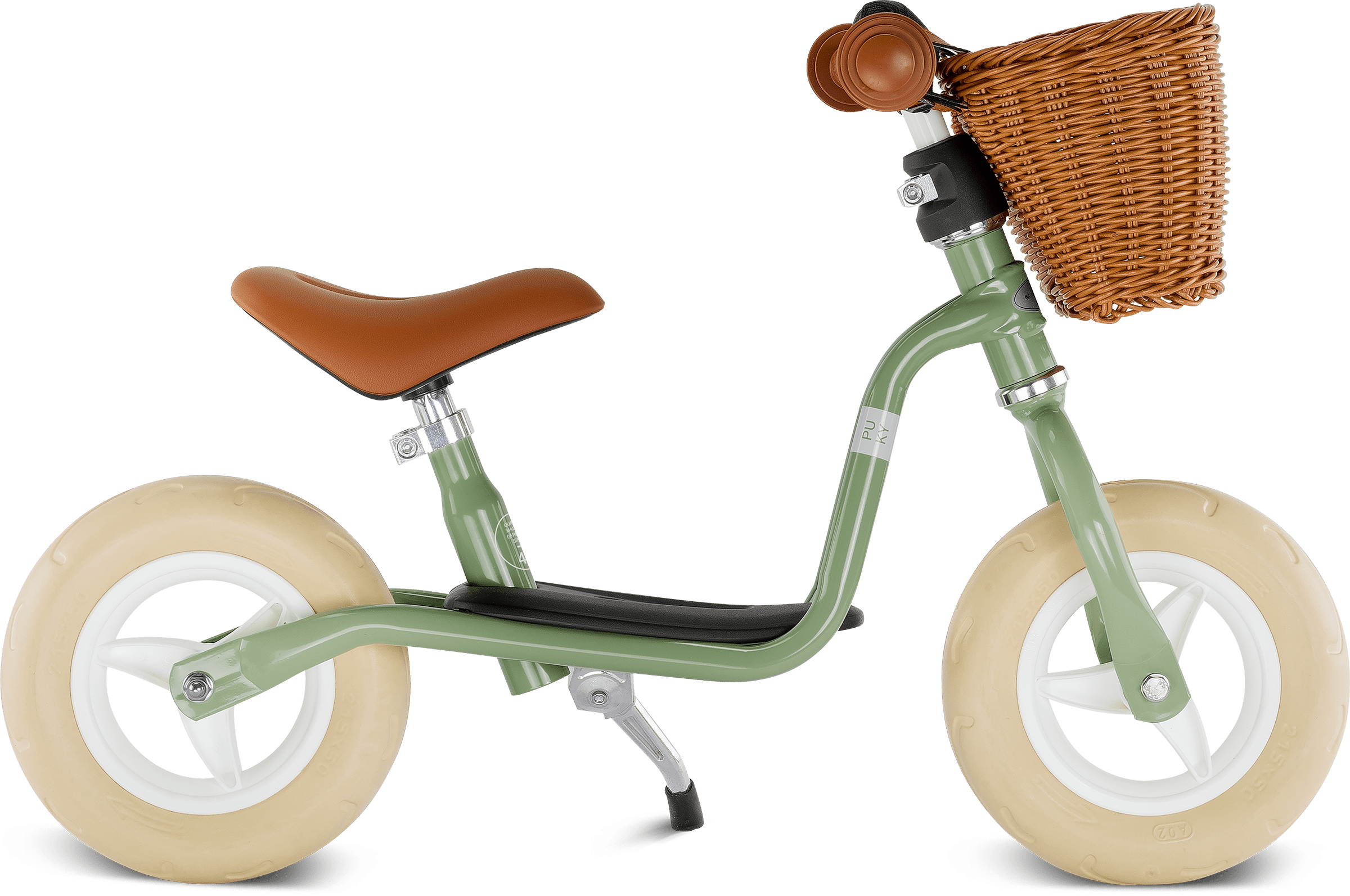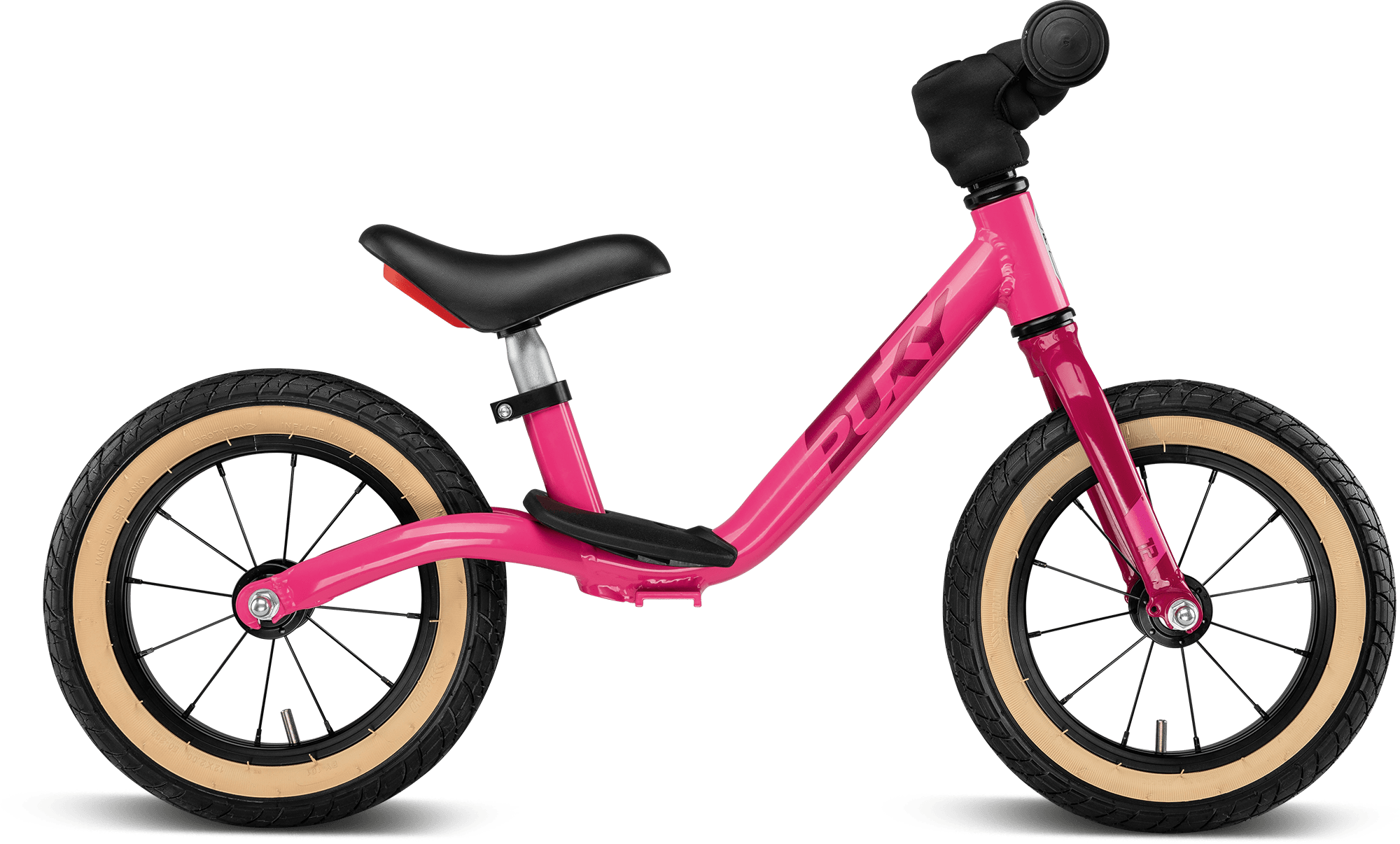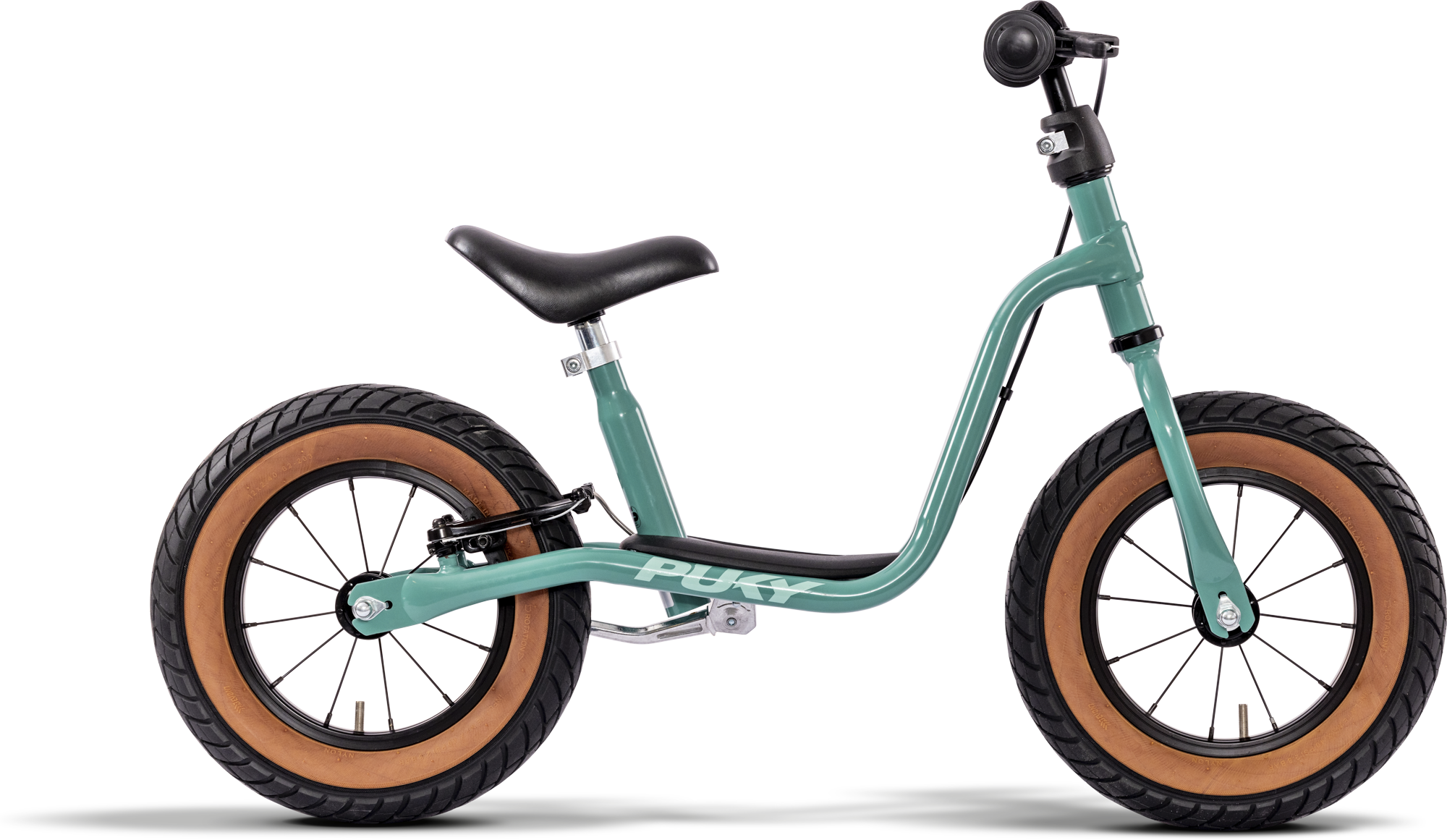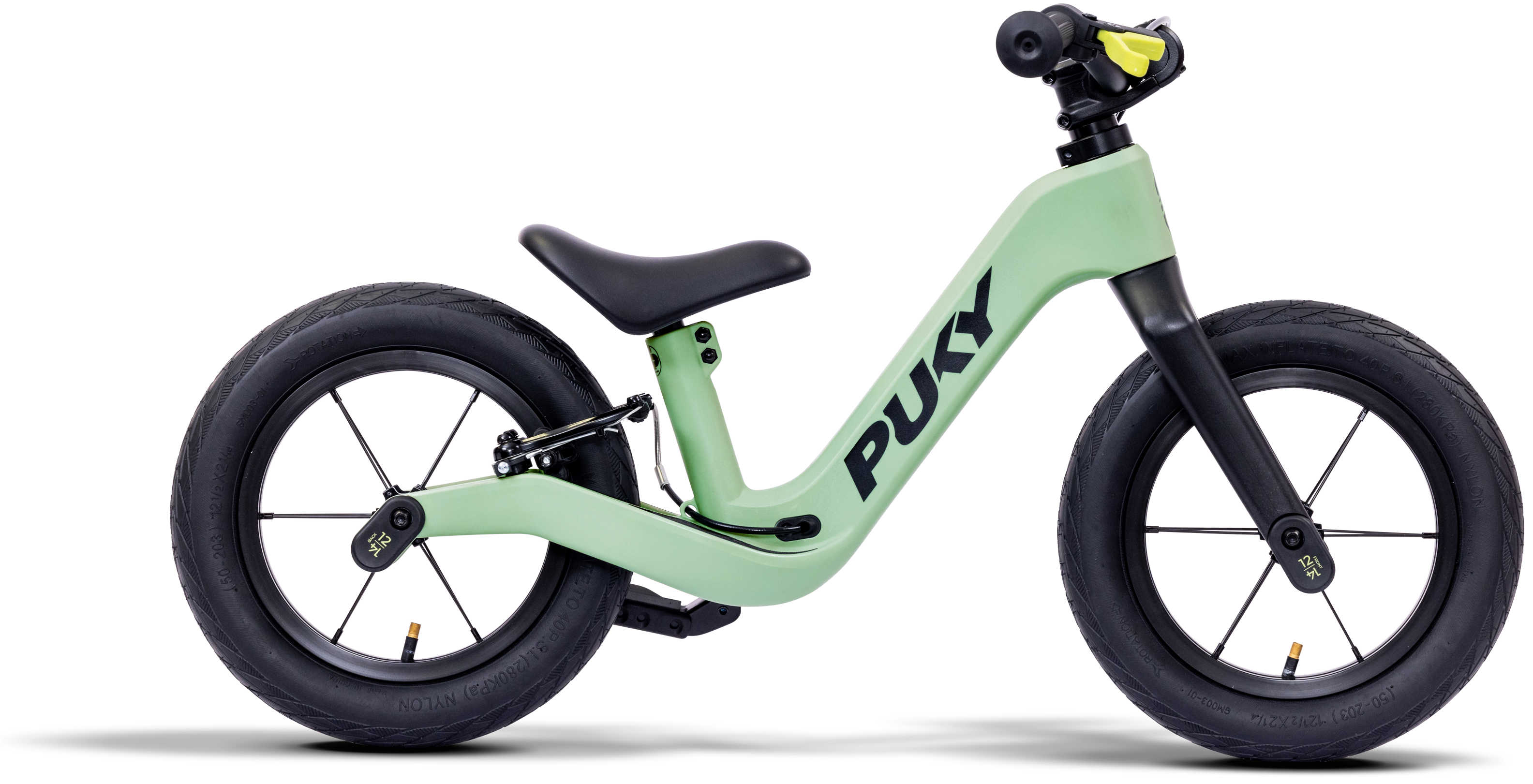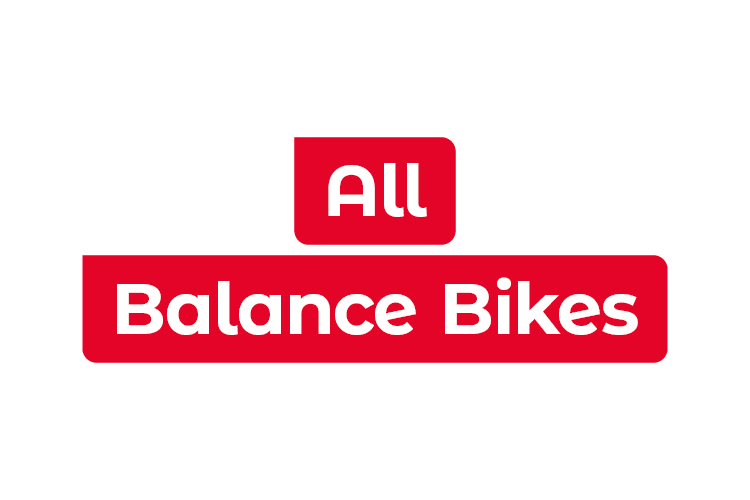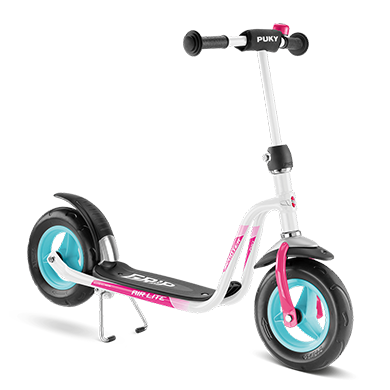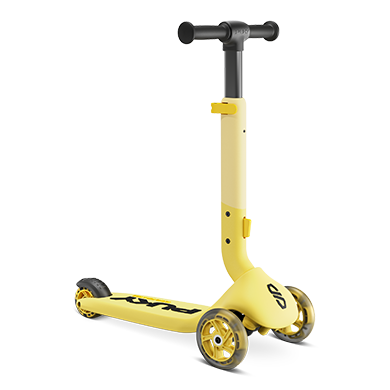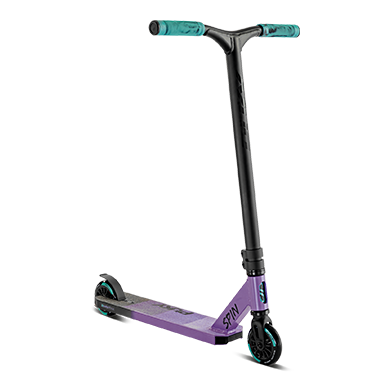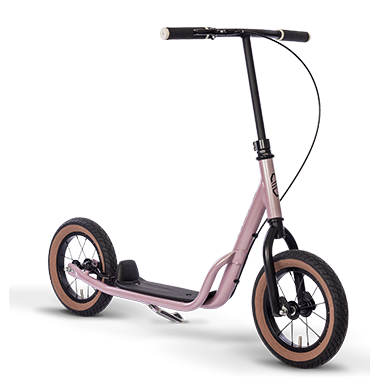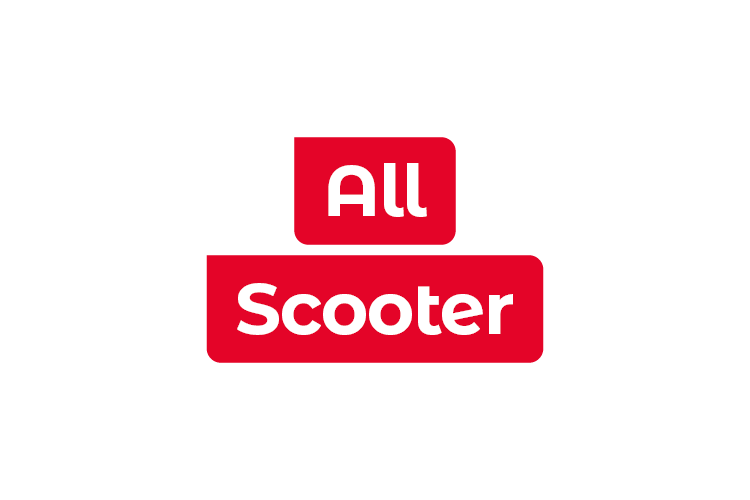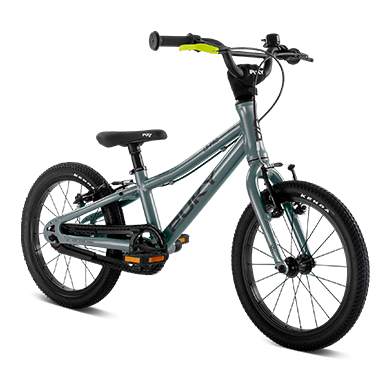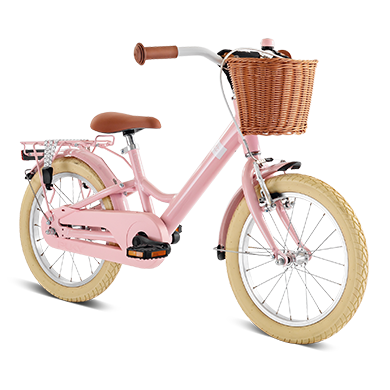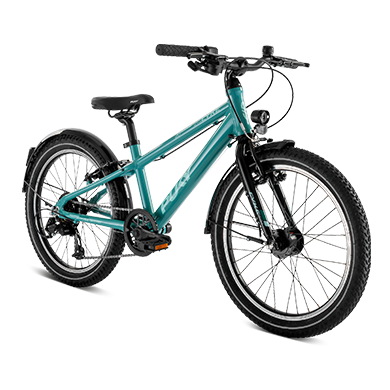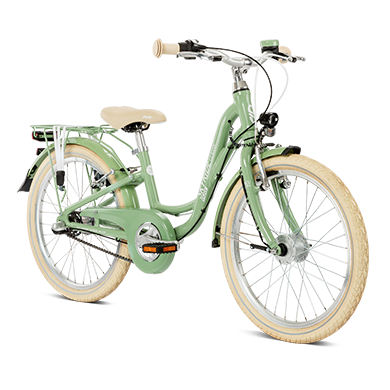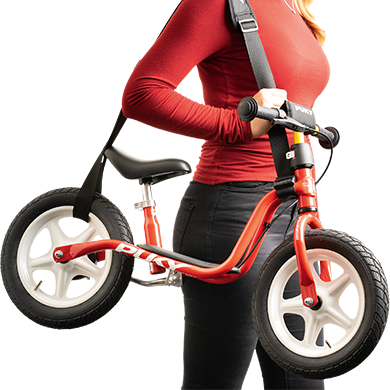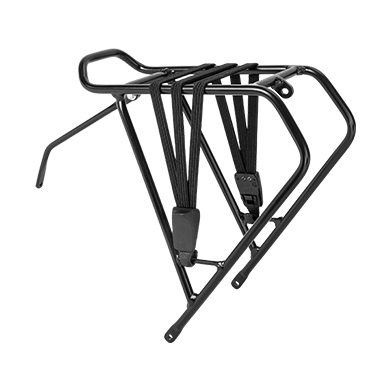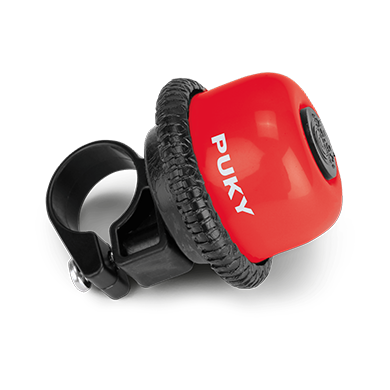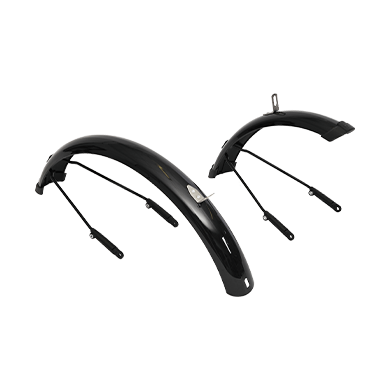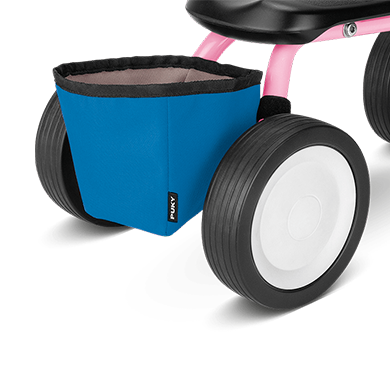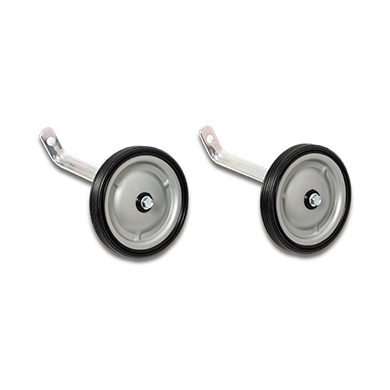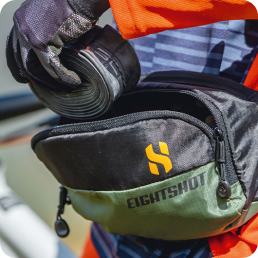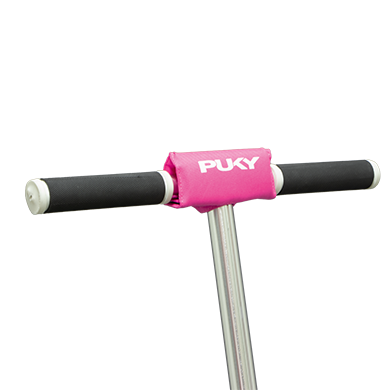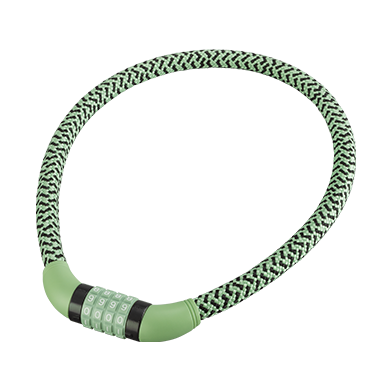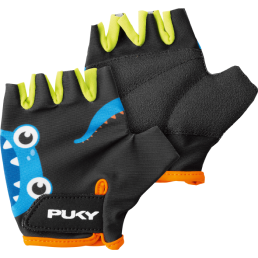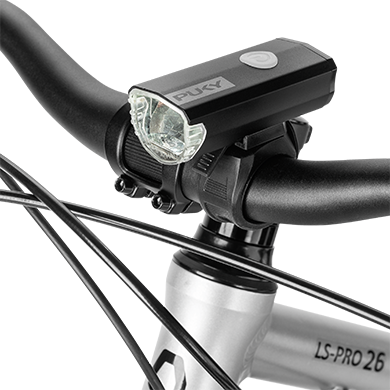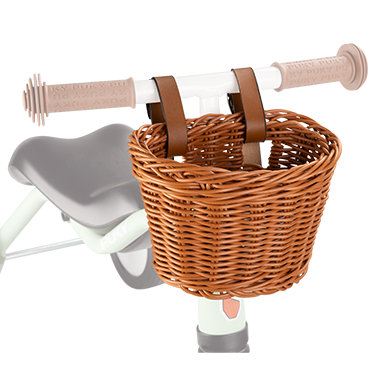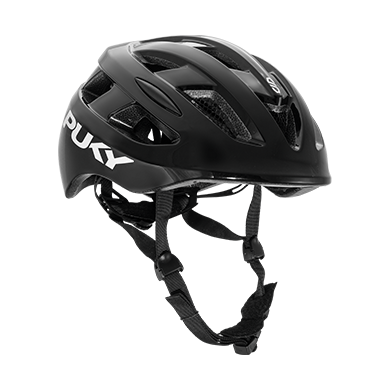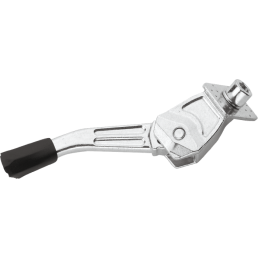A big milestone is approaching for your child: their first bicycle. But which bicycle is the right one? Our checklist will help you.
Finally, the time has come: your child is ready and eager to get their first bicycle. (-> When is a child ready for a bicycle?) Now you're asking yourself: Which bicycle is the right one? What should you consider when buying your child's first bicycle?
Children's Bicycles in Comparison
Most children receive their first bicycle between the ages of three and five. These models are not designed for road traffic (-> All About Children's Bicycle Safety). Therefore, bicycles for preschool children are also referred to as play bikes. They primarily serve to help a child learn to ride a bike, gain mobility, and have fun. According to traffic regulations, they are classified not as bicycles but as "special means of transport," similar to scooters. These types of bicycles may only be used on sidewalks, private property, or roads and lanes designated by special traffic signs. This regulation also applies to bicycle streets, where young children must ride on the sidewalk. With play bikes featuring 12-inch wheels, there are not many different types—such as trekking bikes, mountain bikes, and others that exist for adults. Most entry-level models still resemble a balance bike, making it easier for children to transition. An important feature is a low step-through frame, which allows for easy mounting and dismounting. This not only enhances comfort but also increases both perceived and actual safety. From a wheel size of 16 inches, the range of children's bicycles becomes more diverse. In addition to all-round bikes, there are also models like our PUKY LS-PRO, which resembles the dirt bikes of older children. Regardless of size, to ensure you're purchasing a safe product, all our products are equipped with a CE mark and a GS certification seal, meaning they meet the required safety standards.
Lightweight Children's Bicycles
The weight of a children's bicycle plays an important role. A lower weight makes handling easier and increases the fun of riding. At the same time, lightweight should never come at the expense of stability and safety. Additionally, durable children's bicycles have a high resale value or can be handed down from one child to the next. For an entry-level bike, look for a lightweight yet sturdy aluminum frame. Aluminum rims and handlebars also reduce weight without compromising function and durability. Safety features like reflectors or impact pads add a few grams, but skimping on them would be saving at the wrong end. The weight of a bicycle also depends on its size. More on that in a moment. First, here's our checklist for the first children's bicycle.
Our Children's Bicycle Recommendations
Even play bikes need two independently functioning brakes. For the first bicycle, we recommend a combination of a front rim brake and a rear coaster brake. This is the simplest and therefore safest to operate for most novice cyclists. Sooner or later, your child should transition to two rim brakes with a freewheel (-> Coaster Brake vs. Freewheel). A gear shift is generally unnecessary on the first bike. Children first need to learn to pedal, steer, and brake safely. A gear shift would simply overwhelm them at this initial stage (-> When a Gear Shift Makes Sense). An adjustable saddle allows your child to find the correct seat height (-> Adjusting Saddle Height). It also enables the bike to grow with your child to some extent, so you don't need a new one after a few months because the old one has become too small. The handlebar should also be adjustable. This way, your child can find the perfect riding position and always have the brake grips and bell within reach. Safety first. If you're buying a used children's bicycle or if your child inherits it from someone else, check the entire bike for damage. A bent fender can be repaired, but a bent fork or a weak brake are warning signs. In doubt, have the bicycle checked by a professional. According to standard 8098, play bikes must have a chain guard. This prevents children from pinching their fingers or getting their pants caught in the chain. Ensure that a used bike has this feature and that it is intact. Falls are part of learning to ride a bicycle. Safety handlebar grips and an impact pad on the stem prevent painful injuries in case of a fall. Therefore, these two safety features are indispensable for the first bicycle. Although play bikes do not fall under the Road Traffic Licensing Regulations (StVZO) and therefore do not require lighting, reflectors in all four directions increase your child's visibility at dusk or on gloomy days. Fenders keep the bike and the little riders clean. When children start cycling, they are often still big fans of puddles and far from being water-shy. Therefore, the first bicycle should have fenders. Is your child a little carrier and collector? Then they will love a luggage rack and/or a bicycle basket. This allows them to bring their doll or favorite stuffed animal along to explore the world.
The Right Children's Bicycle Size
A crucial aspect when choosing the first bicycle is the correct size. We have dedicated an entire article to this topic (-> How to Find the Right Children's Bicycle Size). The main takeaway is: the size of the wheels and the manufacturer's age recommendation are rough guidelines. The most accurate indication of the right bicycle is your child's inseam length, which you can match with the manufacturer's specifications for the respective model (-> How to Measure Inseam Length). In any case, a test ride is recommended, even if you're buying a used children's bicycle. Experienced retailers or parents can often tell at a glance if a children's bicycle fits. The most common mistake is buying a bike that is too large with the argument that the child will "grow into it." A bike that is too large is not only uncomfortable but also a safety risk because, for example, the child may not be able to reach the brake grips properly.
Buying a Children's Bicycle with Love
The first bicycle should be love at first sight. If your child likes it, they will be more eager to explore the world, learn to ride, and overcome inevitable setbacks, such as falls. A surprise gift always carries the risk that it may not meet the child's expectations. On the other hand, children often give many hints—for example, when they look longingly at another child's bike and say, "I want one like that." And what about training wheels? Here, like most experts, we have a clear recommendation: better not. Training wheels are counterproductive if your child wants to learn to ride a bike (-> Why No Training Wheels).
Conclusion:
Which children's bicycle should be the first bike: Entry-level bikes make the beginning easy. The right equipment increases safety and fun on the first rides. When the size is also right, your child is ready to start their cycling journey. (-> How Your Child Learns to Ride a Bicycle)

